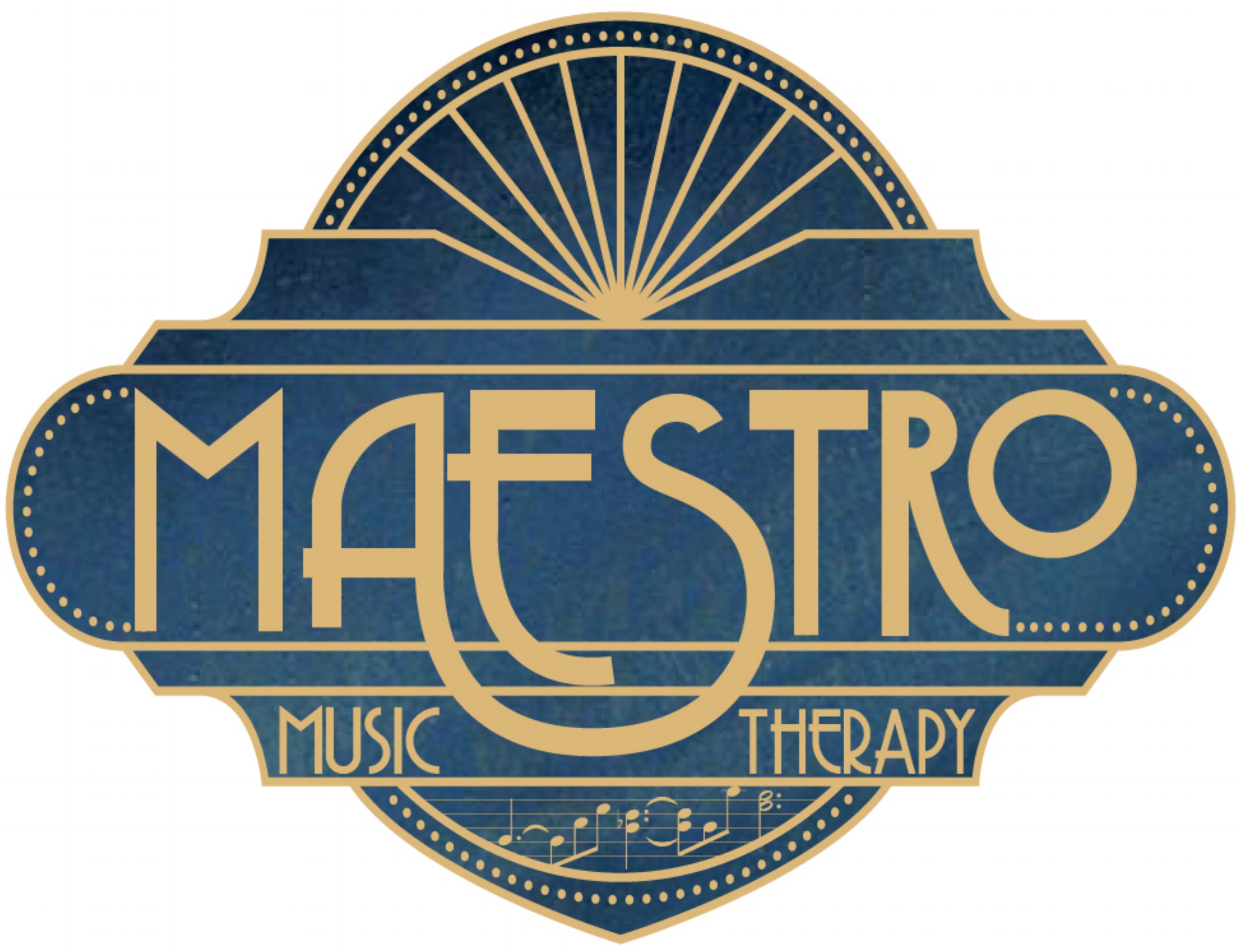Guided Imagery & Music
“Holding/Containment” by Anna Meilman, 2019
The Bonny Method of Guided Imagery and Music (GIM)
“Guided Imagery and Music (GIM) is the conscious use of imagery which has been evoked by relaxation and music to effect self-understanding and personal growth processes in the individual.” -Helen Bonny, music therapist and developer of the Bonny Method of GIM
The Bonny Method of Guided Imagery and Music (GIM) is a music-centered depth approach to transformational therapy that uses selected sequences of classical music to support the generation of and movement through inner experiences. In GIM, the music serves as a catalyst and container for imagery that allows one to access and explore both the depths and the heights of the human experience.
What happens in a typical session of GIM?
Prelude/Preliminary Conversation: The typical GIM session begins with a preliminary conversation during which the therapist assesses the mood and energy level of the client and selects the music program for the session. During this time, the client is invited to talk about their life and their salient presenting issues that brought them to GIM.
Induction: The client then reclines as the therapist offers suggestions for relaxing the body and focusing the mind in preparation for the music.
Traveling/Music: Once the music begins the therapist does not make suggestions as is typical in other forms of imagery with music. Instead, the client takes the therapist along on their journey by describing the experience/imagery as it unfolds. The therapist's role is one of facilitator and witness, to support the client's engagement with whatever experience may come.
Postlude/Review: After the 35-45 minute period of music, the therapist facilitates a return to waking consciousness, and the client and therapist review the session together. This might include drawing a mandala and/or verbally processing the experience. The entire session can last from 1.5-2 hours.
(information adapted from Appalachian State University)
Who can benefit from GIM?
GIM therapy can benefit adults looking to explore and process personal issues, relationship struggles, anxiety and depression, grief & loss, self-esteem/self-worth, trauma, or those seeking personal insight. No musical or artistic experience is required to participate or benefit from GIM.
Amanda Maestro-Scherer, MA, MT-BC is currently an Advanced Trainee in Guided Imagery and Music through Appalachian State University and is offering private GIM sessions, both in-person at Maestro Music Therapy, or virtually via Zoom.


